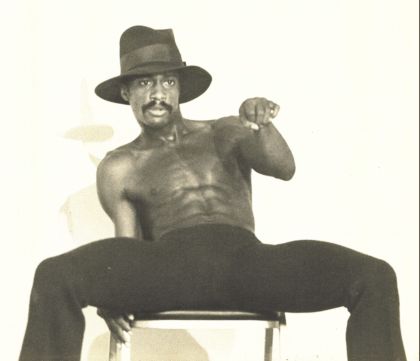
Preserving Miami’s Performance History
Last week I sat for a spell with Mary Luft, founder and director of Miami’s indispensable presenting organization Tigertail. Luft founded Tigertail more than 30 years ago, so she seemed like a great person to talk to about the history of the performing arts in Miami. Sure enough, as we sat in the dining room of her delightful house not far from the Miami River, she gestured more than once toward the small structure out back where she has stored treasures not just from Tigertail projects, but of the rich, nearly forgotten history of Miami performances past. Luft filled me in on the history of my employer, Barry University, which decades ago hosted Fusion Dance Company, Miami’s first professional modern dance company. Fusion recruited local dance legend Freddick Bratcher to South Florida in 1976. She recalled the days before the founding of Miami City Ballet, when a government entity — was it the city of Miami? or what was then Dade County? — promoted the idea of a Miami dance collective. She spoke of the thrills of collaborating on the Miami version of the New Music America festival in 1988. (Where are the recordings of the music that was commissioned for that festival and streamed live? Maybe radio producer Stephen Malagodi knows.)
The Miami-Dade Public Library hosts the Vasari Project Archive, which documents our city’s visual art since 1945. Luft mentions that she has been cajoled by the archive’s Helen Kohen to contribute material to the archive as well, but there is no archive dedicated to Miami’s performing arts — and the heroic souls who continue to produce and present work today rarely have time to dedicate to preserving documentation of what they did yesterday or yesteryear.
A few months ago, I spoke with Beth Boone of the Miami Light Project about her plans to create an public archive of the work that organization has presented in their new space, the Knight Arts’ funded Light Box at Goldman Warehouse.
Two years ago, Rhythm Foundation put together a terrific retrospective of images of past performances for the world music presenter’s then 20th anniversary.
So it’s not true that Miami has no memory when it comes to our performance culture. But I can’t help adding to my wish list a centralized archive that tells the tale to performances and performers great and small who have contributed to vibrant, if always ephemeral, history of performance in the Magic City.
Recent Content
-
Artsarticle ·
-
Artsarticle ·
-
Artsarticle ·
